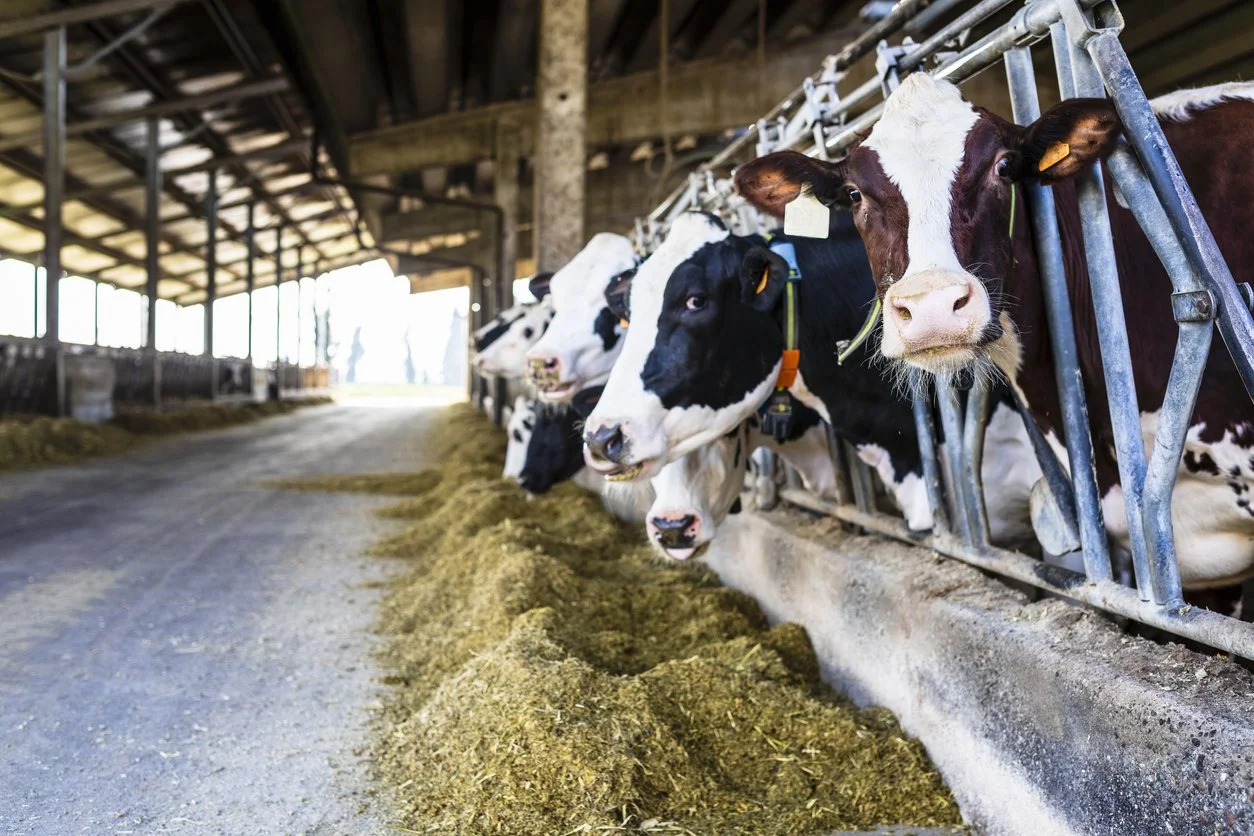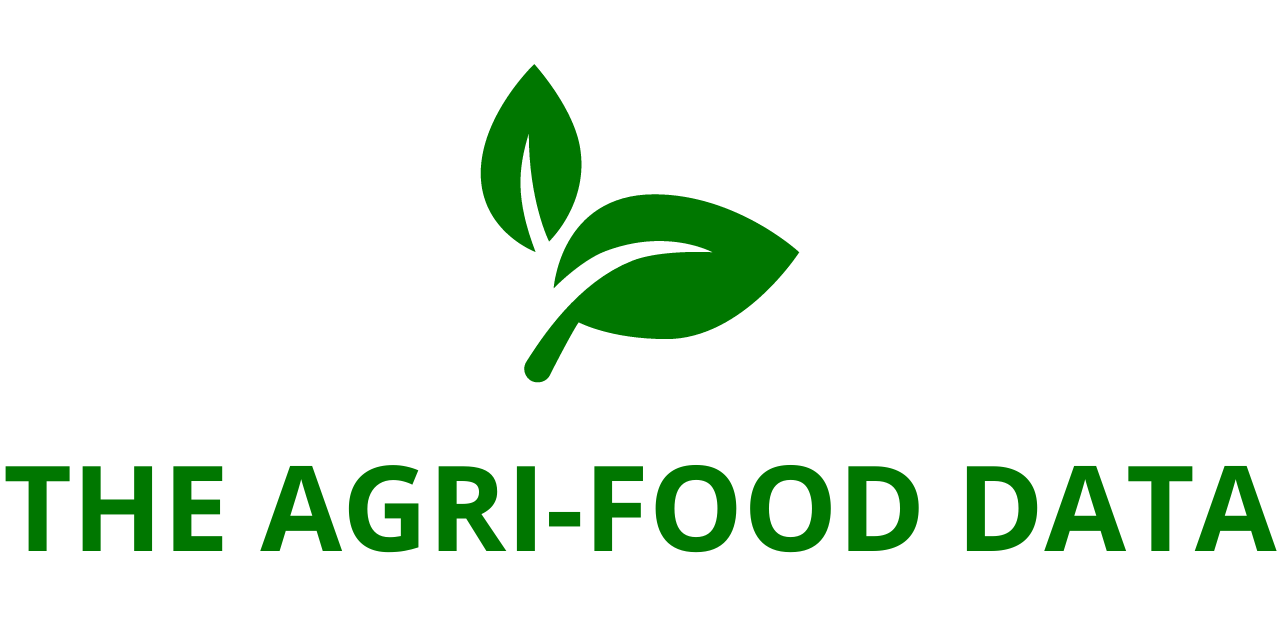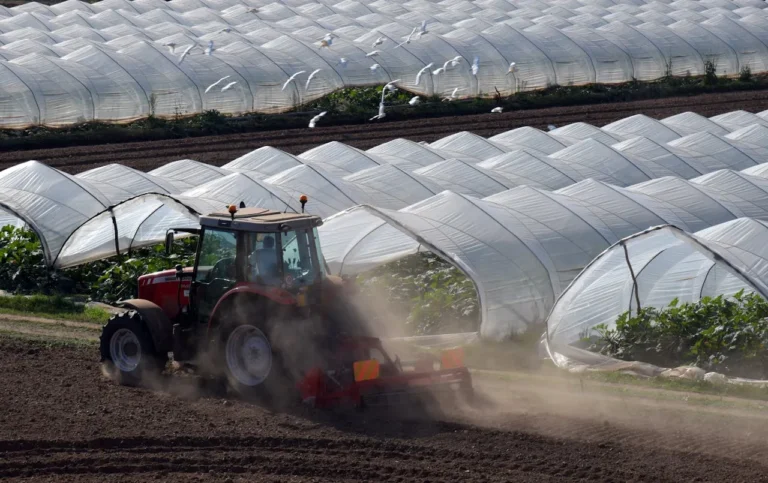
The California Cattle Council has unveiled a new report titled “Economic Analysis of California Dairy Consolidation, Attrition, and Policy Leakage.” This comprehensive analysis, conducted by ERA Economics, examines trends within the California dairy sector, current market conditions, consolidation, attrition, and the potential effects of regulating dairy methane emissions directly.
The report emphasizes the collaborative efforts between the state and the dairy industry to meet the 40% reduction target for methane emissions established by Senate Bill 1383 (2016), while maintaining economic viability and sustainability in milk and dairy production.
Dr. Michael McCullough, Professor of Agribusiness at California Polytechnic State University, San Luis Obispo, and a lead author of the report, stated, “California is making significant strides toward achieving its ambitious methane reduction goals. The findings indicate that replacing successful incentive-based programs with direct regulations would impose substantial costs on both the climate and the economy. Such a shift would hinder California’s methane reduction efforts, lead to significant emissions leakage, and disproportionately affect smaller dairies, accelerating consolidation in the industry.”
Key findings from the analysis include:
- The dairy sector in California and the U.S. is experiencing ongoing and accelerating consolidation, with fewer dairies remaining in operation each year.
- Statistical evaluations show no correlation between the adoption of dairy digesters and the consolidation of dairies; other factors are driving this trend.
- Removing Low Carbon Fuel Standard (LCFS) credits and implementing direct methane regulation would result in:
- An annual net loss of $675 million for California dairies, excluding effects on local communities and other businesses.
- A significant emissions leakage of 1.43 million metric tons of CO2 equivalent (MMTCO2e) as milk production migrates to other states.
- Abandoned digester projects, leading to an additional loss of 2.44 to 3.51 MMTCO2e.
- Increased regulation would disproportionately impact small farms.
Cody Stratton Nicholson, chair of the California Cattle Council and operator of a small organic dairy farm in Humboldt County, emphasized the potential negative consequences for rural communities and family-run dairy farms: “We cannot overlook the significant impacts on our local economies. Stifling family dairy farms and disrupting the industry’s progress in reducing methane emissions is a lose-lose situation.”
California is the leading state in dairy production, housing nearly 1.69 million cows that yield almost 42 billion pounds of milk, representing close to one-fifth of the total U.S. supply. As a leader in environmental progress, California’s dairy farms are dedicated to reducing greenhouse gas emissions beyond what is required in other states. The implementation of anaerobic digesters, financed through LCFS credits, has proven to be the most effective strategy for reducing methane emissions from California dairies.
As the California Air Resources Board prepares to evaluate amendments to the LCFS, the California Cattle Council commissioned ERA Economics to conduct this analysis to enhance understanding of dairy industry trends, consolidation, attrition, and the implications of direct methane regulation. The analysis employed data-driven economic exercises to assess various potential regulatory scenarios.
This report is vital as the California dairy sector continues to contract, evident in both the reduction of farms (consolidation) and the decrease in cow populations (attrition). Over the past few decades, both California and U.S. dairy sectors have witnessed rapid consolidation. California dairies face higher costs than their counterparts in other states due to strict regulations, permitting requirements, elevated input costs (such as energy), and mandated wages. Consequently, production is shifting to states with more favorable regulatory, policy, and business environments.
Dr. McCullough concluded, “Renowned scientists acknowledge that global methane emissions are rising when they urgently need to be reduced. While over 150 governments have committed to a 30% reduction in methane by 2030, few are making meaningful progress. California and its dairy sector stand out as a rare success story. Altering our approach could jeopardize both our climate and critical methane reduction goals, while also harming our economy—this makes no sense.”





